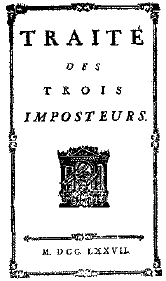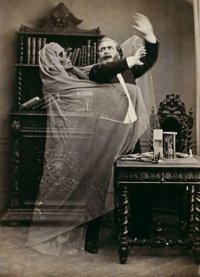Fake
From The Art and Popular Culture Encyclopedia
..jpg)
True and False Griffins from John Ruskin's Modern Painters (Part IV. Of Many Things), first published in 1856.
|
Related e |
|
Featured: |
Fake means not real. For example, a document or other object created to look like a real object that exists or could exist, or a performance where an event is played, or untrue statements.
Applications include:
- fun, art, use as a toy
- for example, a film or play shows fake events, where actors show fake emotions, and where fake objects are used
- deception
- a forgery (a false document or picture)
- a counterfeit (of an object)
- the same purpose as the real thing
Reasons for using a fake object instead of the real thing include:
- the real thing does not exist, including:
- a document trying to prove something which is not true
- a fantasy object
- a fake version of an object may be:
- more easily available
- less expensive
- less dangerous (e.g. a toy weapon, or a weapon prop)
- less heavy
- not requiring to kill an animal (meat analogue, imitation fur)
- legal while the real thing is illegal
- not requiring a license
There can be several levels of being real or fake. For example, in a work of fiction a character can have a dream or the story may involve counterfeit money (two levels), or a character may dream about counterfeiting (three levels).
[edit]
See also
- hoax
- replica
- fiction
- fantasy
- virtual reality
- dream
- novel
- film
- hallucination
- delusion
- illusion
- mimic
- fake object - with "object" in the sense of object-oriented programming, used in computer software development and testing
Unless indicated otherwise, the text in this article is either based on Wikipedia article "Fake" or another language Wikipedia page thereof used under the terms of the GNU Free Documentation License; or on research by Jahsonic and friends. See Art and Popular Culture's copyright notice.



